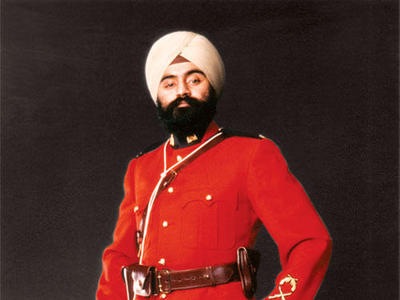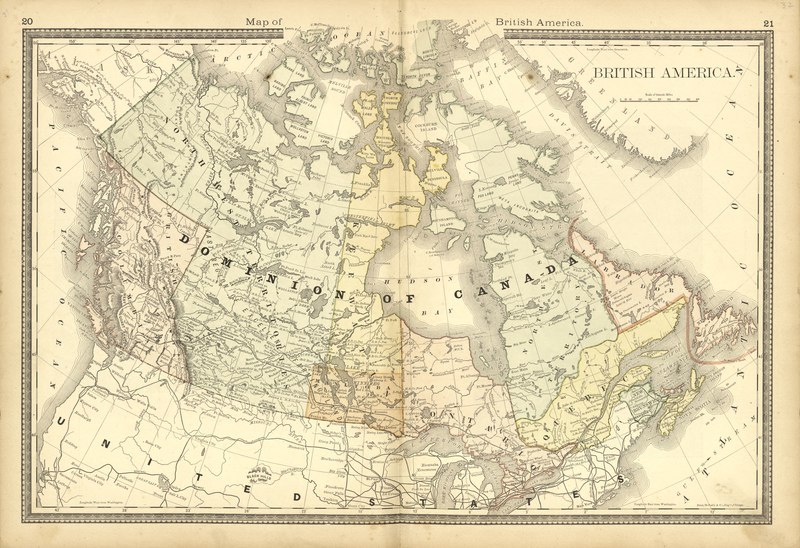Chapter 11. Race and Ethnicity

Learning Objectives
11.1. Racial, Ethnic, and Minority Groups
- Define the difference between the concepts of race, ethnicity, minority group and subaltern group.
- Understand the concepts of racialization and racialized groups.
- Explain the difference between race and ancestry in the contemporary context of genomic research.
11.2. Stereotypes, Prejudice, and Discrimination
- Explain the difference between stereotypes, prejudice, discrimination, and racism.
- Identify different types of racial discrimination: individual racism, systemic racism, institutional racism, and White privilege.
- Review the historical example of Residential Schools as an example of institutional racism.
11.3. Theories of Race and Ethnicity
- Describe how positivist, critical, and interpretive perspectives approach issues of race and ethnicity.
11.4. Intergroup Relations and the Management of Diversity
- Explain different intergroup relations in terms of their relative levels of tolerance.
- Give historical and/or contemporary examples of each type of intergroup relation.
11.5. Race and Ethnicity in Canada
- Compare and contrast the different experiences of various ethnic groups in Canada.
- Apply theories of intergroup relations and race and ethnicity to different subordinate groups.
Introduction to Race and Ethnicity
Visible minorities are defined as “persons, other than Aboriginal peoples, who are non-Caucasian in race or non-white in colour” (Statistics Canada, 2017). This is a contentious term, as discussed later in this chapter, but it does provide a way to describe the growing ethnic and racial diversity of Canada. The 2021 census noted that visible minorities or racialized groups made up 25% of the Canadian population, or one out of every four Canadians (Statistics Canada, 2022a). This was up from 16.2% in the 2006 census (Block, Galabuzi, and Tranjan, 2019). The three largest non-Indigenous visible minority groups were South Asians (7.1%), Chinese (4.7%), and Blacks (4.3%). Indigenous Canadians, including First Nations, Inuit, and Métis, made up 5.0% of the population in the 2021 census (Statistics Canada, 2022a).
Going back to the 1921 census, only 0.8% of the population were made up of people of Asian origin, whereas 0.2% of the population were Black. Indigenous Canadians made up 1.3% of the population. The vast majority of the population were Caucasians (“Whites”) of British or French ancestry. These figures did not change appreciably until after the changes to the Immigration Act in 1967, which replaced an immigration policy based on racial criteria with a point system based on educational and occupational qualifications (Li, 1996). The 2021 census reported that 83% of immigrants who arrived in Canada between 2016 and 2021 were visible minorities (Statistics Canada, 2017).
Still, these figures do not really give a complete picture of racial and ethnic diversity in Canada. 96% of visible minorities live in cities, mainly Vancouver and Toronto, making these cities extremely diverse and cosmopolitan. In Vancouver, almost half the population (48.9%) is made up of visible minorities. Within Greater Vancouver, 76.3% of the residents of Richmond, 63.6% of the residents of Burnaby, and 58.5% of the residents of Surrey are visible minorities. In the Toronto area, where visible minorities make up 51.3% of the population, 77.9% of the residents of the suburb of Markham are visible minorities (Statistics Canada, 2019). In many parts of urban Canada, it is a misnomer to use the term visible minority, as the “minorities” are now in the majority.
| Cities | Total Population | Visible Minority Population | Percentage | Top Three Visible Minority Groups |
|---|---|---|---|---|
| Canada | 36,328,475 | 9,639,200 | 26.5% | South Asian, Chinese, Black |
| Toronto | 6,142,885 | 3,501,270 | 57% | South Asian, Chinese, Black |
| Montréal | 4,206,455 | 1,143,820 | 27.2% | Black, Arab, Latin American |
| Vancouver | 2,607,015 | 1,420,275 | 54.5% | Chinese, South Asian, Filipino |
| Ottawa – Gatineau | 1,464,495 | 386,920 | 26.4% | Black, Arab, South Asian |
| Calgary | 1,465,180 | 567,955 | 38.8% | South Asian, Chinese, Filipino |
| Edmonton | 1,397,750 | 461,580 | 33% | South Asian, Filipino, Black |
| Winnipeg | 819,715 | 258,185 | 31.5% | Filipino, South Asian, Black |
| Hamilton | 773,440 | 182,115 | 23.5% | South Asian, Black, Arab |
Data Source: Statistics Canada (2022b) Census of Population, Statistics Canada Catalogue no. 98-10-0324-01. Open Government Licence
Projecting forward based on current trends, Statistics Canada estimates that by 2036, between 31.2% and 35.9% of the Canadian population will be visible minorities (Statistics Canada, 2017). By 2031, visible minority groups were forecast to make up 63% of the population of Toronto and 59% of the population of Vancouver (Statistics Canada, 2010). The outcome of these trends is that Canada has become a much more racially and ethnically diverse country over the 20th and 21st centuries. It will continue to become more diverse in the future.

In large part this has to do with immigration policy. Canada is a settler society, a society historically based on colonization through foreign settlement and displacement of Indigenous inhabitants, so immigration is the major influence on population diversity. Up until the two decades following World War II, Canada followed an immigration policy that was explicitly race based. Prime Minister Mackenzie King’s statement to the House of Commons in 1947 expressed this in what were, at the time, seen as uncontroversial terms:
There will, I am sure, be general agreement with the view that the people of Canada do not wish, as a result of mass immigration, to make a fundamental alteration in the character of our population. Large-scale immigration from the orient would change the fundamental composition of the Canadian population. Any considerable oriental immigration would, moreover, be certain to give rise to social and economic problems of a character that might lead to serious difficulties in the field of international relations. The government, therefore, has no thought of making any change in immigration regulations which would have consequences of the kind (as cited in Li, 1996, pp. 163-164).
Today this would be a completely unacceptable statement from a Canadian politician. Immigration today is based on a non-racial point system. In other words, eligibility for immigration is based on numerical measures of human capital rather than racial characteristics: work skills, education level, language ability (in French or English), and family connections. Canada defines itself as a multicultural nation that promotes and recognizes the diversity of its population. This does not mean, however, that Canada’s legacy of institutional and individual prejudice and racism has been erased. Nor does it mean that the problems of managing a diverse population have been resolved.
In 1997, the United Nations Committee on the Elimination of Racial Discrimination criticized the Canadian government for using the term “visible minority,” citing that distinctions based on race or colour are discriminatory (CBC, 2007). The term combines a diverse group of people into one category whether they have anything in common or not. What does it actually mean to be a member of a visible minority in Canada? What does it mean to be a member of the “non-visible” majority? What do these terms mean in practice? The sociology of race and ethnicity has developed in large part to address these questions.
Media Attributions
- Figure 11.1 Photo of Baltej Singh Dhillon is used by permission from Baltej Singh Dhillon.
- Figure 11.2 British America: Dominion of Canada, 1882 by H.H. Hardesty, via Wikimedia Commons, is in the public domain.

